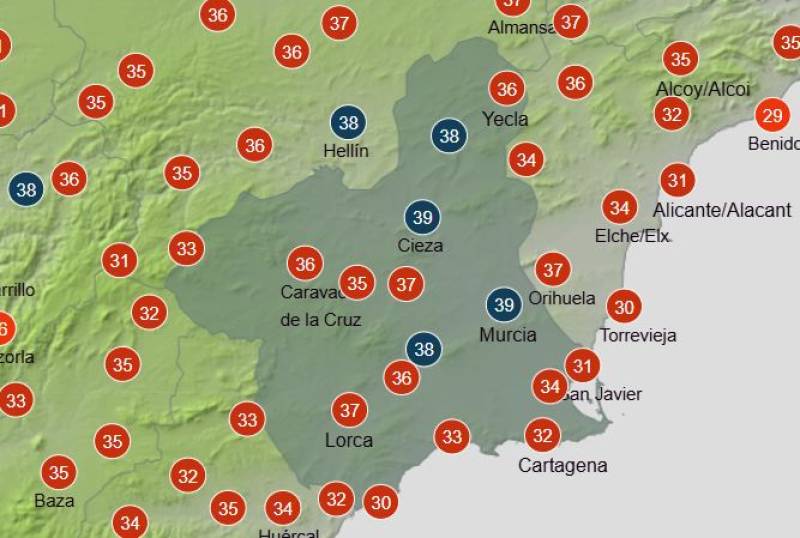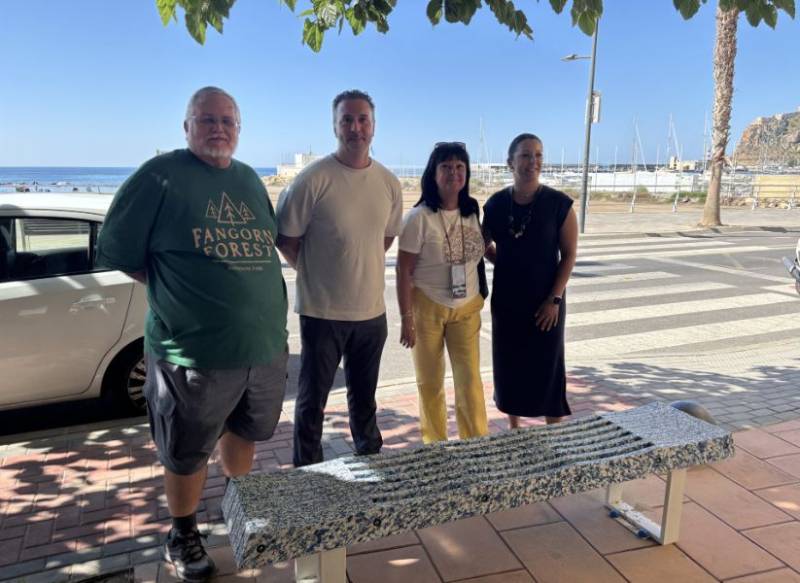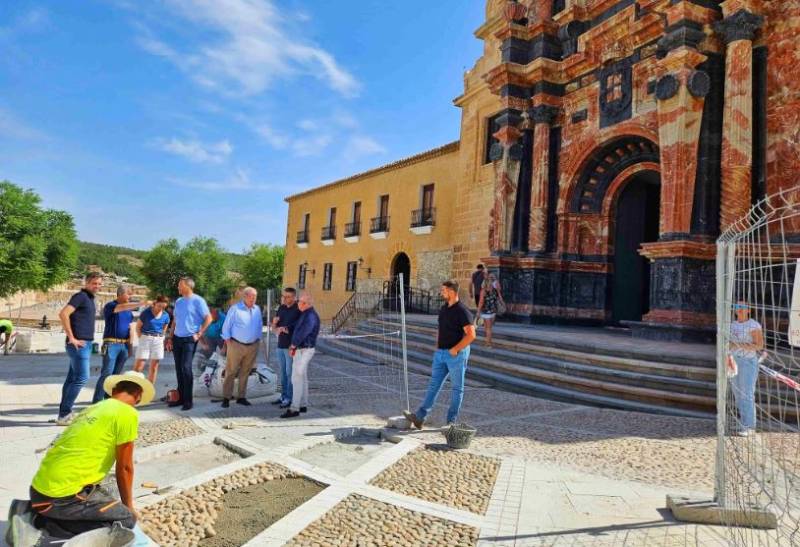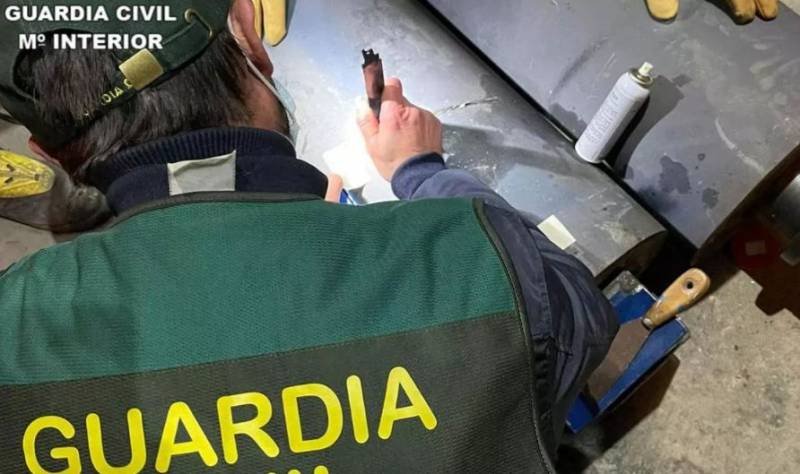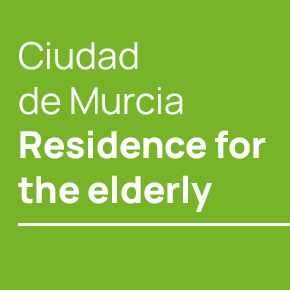

Guidelines for submitting articles to San Pedro del Pinatar Today
Hello, and thank you for choosing San Pedro del Pinatar.Today to publicise your organisation’s info or event.
San Pedro del Pinatar Today is a website set up by Murcia Today specifically for residents of the urbanisation in Southwest Murcia, providing news and information on what’s happening in the local area, which is the largest English-speaking expat area in the Region of Murcia.
When submitting text to be included on San Pedro del Pinatar Today, please abide by the following guidelines so we can upload your article as swiftly as possible:
Send an email to editor@spaintodayonline.com or contact@murciatoday.com
Attach the information in a Word Document or Google Doc
Include all relevant points, including:
Who is the organisation running the event?
Where is it happening?
When?
How much does it cost?
Is it necessary to book beforehand, or can people just show up on the day?
…but try not to exceed 300 words
Also attach a photo to illustrate your article, no more than 100kb

Murcia desperate for blood donations: but they don´t want British blood
It’s all down to Mad Cow Disease
The annual outbreak of flu has not only pressurized Accident and Emergency Services this last few weeks, but has also created a problem for the Region of Murcia blood banks, as many habitual donors have not been contributing because they have suffered flu symptoms and colds themselves.

Stocks of blood are reported to be especially low for blood group O- and extra supplies are also needed for the O+, A+ and A- groups, and Dr Vicente Vicente, the head of the regional blood donation centre, has issued an urgent request for all healthy individuals aged between 18 and 65 to consider helping out the health service by means of a donation.
However, this invitation doesn´t include UK nationals or even Spanish nationals who have received a blood transfusion from the British Health Service as our blood isn´t wanted.
So why is that?
It all boils down to CJD Creutzfeld-Jacob Disease and the closely related illness which occurs in cows, BSE - bovine spongiform encephalopathy - which first occurred in the UK as far back as 1986.
It took 10 years for the human variant of BSE, CJD to manifest, the first case appearing 10 years later when 19 year old Stephen Churchill from Devizes became its first victim, sparking off nationwide panic about the potentially devastating effects of “Mad Cow Disease.”
Since then CJD has claimed 164 victims, the largest number in 2000 when 28 people died.
However, the effects of CJD are expected to continue for some considerable time yet as such a huge percentage of the population were exposed to potentially contaminated beef products during the ten year period between the first cases being recorded in cattle and the death of Stephen Churchill, We must not forget that almost every person in the UK was exposed to the agent that causes variant CJD, said Professor John Collinge, in an interview with the Guardian, It went through the entire food chain, not just in burgers but in cakes containing gelatins made from meat products. Even cosmetics contained beef-derived chemicals then.
As a result, a 2003 directive banned UK ex-pats from giving blood, and the directive still stands, there being clear evidence that CJD can be transmitted via blood transfusions, three of the UKs 164 cases known to have contracted the disease in this fashion.
As symptoms of this disease can take many years to appear, it is not known how many people could potentially be affected but scientists believe there may be more deaths still to come in the future.
A report issued by researchers at the University of Edinburgh in 2008 found clear evidence that CJD can be transmitted through blood transfusion in humans, particularly when donors are in the later stages of infection, but the greatest challenge still facing researchers is the difficulty of diagnosing the illness, there still being no accurate diagnostics test
There is also no way of telling how long the disease is present in the body before it strikes and the incubation period is many years rather than months.
As a consequence of this, blood will not be accepted from UK donors who either visited or lived in the United Kingdom for a block of more than 3 months or more between the period of January 1st, 1980 to December 31st, 1996.
The Spanish blood banks will also not accept blood from anyone who has received a blood transfusion in any part of the UK, namely England, Scotland, Wales or Northern Island, as well as the Channel Islands, Falkland Islands, Gibraltar and the Isle of Man, between the 1st January 1980 to the present.
However, it should be pointed out that CJD isn´t a “British” exclusive and there have also been 5 cases in Spain, the last dating to March 2009 in Santander. At the time the government confirmed lab tests proved that the woman was suffering from CJD, but stated, "The appearance of sporadic cases of the disease does not indicate new risks for the health of the public."
Before that, in August 2008 another death took place in northwestern Castilla and Leon, the first having occurred in Madrid during June 2005.
So sadly, although local blood banks are desperate for blood, it’s not worth wasting the time to go down and offer if you were in the UK during that specific period, which many of us living here now, were.
However, those born here or who have been here for a longer period may still be accepted.










